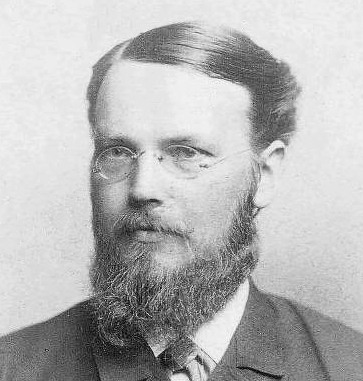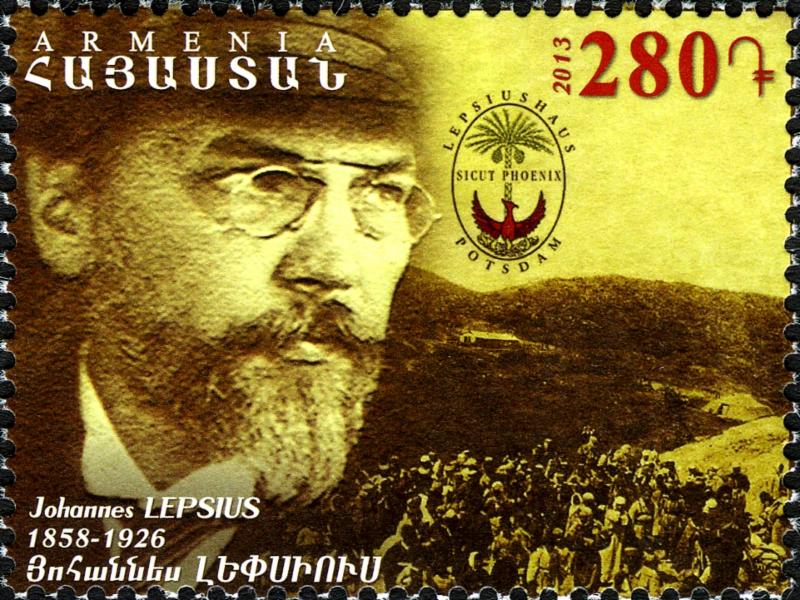 Many Soviet Armenian writers who flourished in the first half of the twentieth century were survivors of the Armenian Genocide. Several of them were from Van, and one of them, famous and infamous for different reasons, was Nairi Zarian.
Many Soviet Armenian writers who flourished in the first half of the twentieth century were survivors of the Armenian Genocide. Several of them were from Van, and one of them, famous and infamous for different reasons, was Nairi Zarian. His actual name was Hayastan Yeghiazarian. He was born on December 31, 1900, in the village of Kharagonis, in the province of Van. He was a fifteen-year-old boy in 1915, among the survivors of the first phase of massacres in the surroundings of Van around the time of the self-defense of the city against Ottoman regular forces (April-May 1915). Van was saved by the arrival of Russian troops and Armenian volunteers, which were ordered to retreat in July. The Armenian civilians took refuge in the Caucasus and young Hayastan was among them. From 1915-1921 he lived in orphanages of Dilijan and Yerevan, where he received his initial education. He published his first poem in 1918.
He met poet Yeghishe Charents around this time, who shortened his long name. “Hayastan” became the poetic name for Armenia, “Nairi,” and abbreviated “Yeghiazarian” into “Zarian.” Nairi Zarian graduated from the Diocesan School of Yerevan and, in 1927, from the School of History and Literature of Yerevan State University. In 1933 he finished graduate school in literature at the State Academy of Art Sciences of Leningrad (now St. Petersburg).
Zarian entered the literary fray in the 1920s, while Soviet Armenian literature confronted the winds of modernization brought by “proletarian” literature, which would be soon crushed by state control that would lead to Stalinism. He published his first collection of poetry in 1926. In the 1920s and 1930s he was on the editorial board of several short-lived literary periodicals, such as Grakan dirkerum and Grakan serund, and his literary positions would be characterized by their intense politicization. He first became noted by his poem “Rushan’s Rock” (1930), which depicted “the socialist resistance of an Armenian village.”
After the rise of Stalin to power, Zarian aligned himself entirely with power. His poem “Stalin” earned him the Lenin State Prize in 1935. After the death of Aghasi Khanjian, First Secretary of the Communist Party of Armenia, in July 1936, he set himself to denounce the so-called “nationalist and Trotskist” tendencies of some of Khanjian’s protégés and the best writers of the time, like Charents, Axel Bakunts, and many others, in an article published a week later. He concluded it with the following statement: “The real, true way for the literature of Soviet Armenia is the road of Socialist Realism, the road of people’s brotherhood and a society without classes, the road of Lenin and Stalin.” Zarian’s active role in 1936-1937, when the main names of the Soviet Armenian intelligentsia were arrested, shot, or sent to Siberia with trumped-up charges of conspiratorial or ideological deviation, earned him powerful criticism after the death of Stalin (1953). Nevertheless, in 1937 he was arrested, but he saved himself by writing the novel Hatsavan about the collectivization of the economy, executed by Stalin in the early 1930s.
During World War II, when nationalism was briefly conflated with Soviet patriotism, Zarian followed through with works of this kind. Some of his patriotic poems, as well as his play in verse Ara the Beautiful (1944), earned him recognition. He was president of the Armenian Writers Union from 1944-1946, and from 1951-1958 he was deputy of the Soviet Supreme of Armenia and president of the Armenian Committee for the Defense of Peace.
Nevertheless, after 1953 he gradually lost his influence in literary life, although he continued publishing books of poetry and prose until the end of his life. In a meeting of the Writers Union about the cult of personality during Stalin’s time, the writers debated violently, with accusations flying from one to the other. Nairi Zarian reportedly said in his own defense: “Even Isahakian gave tribute to Stalin’s glorification.” Avetik Isahakian (1875-1957), who was president of the Union since 1946 and a well-known name in Armenian poetry, responded: “Comrade Nairi just spoke about tribute. I suggest: let’s take back those tributes from my writings and Nairi’s writings, and see what remains underneath…”
Nairi Zarian passed away in Yerevan on July 11, 1969. A street in the Armenian capital carries his name.




